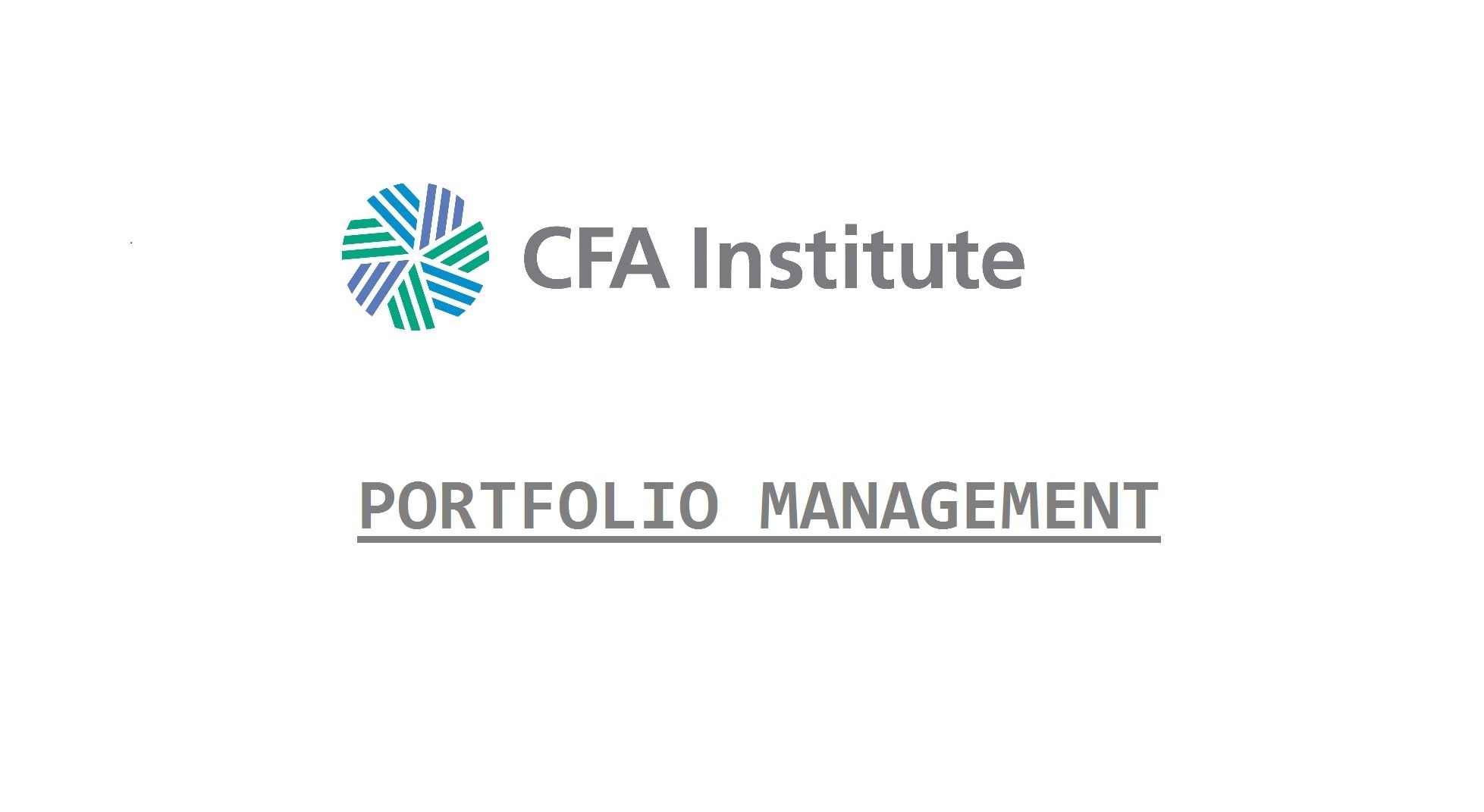A portfolio consisting of only a few stocks would not generally be considered prudent because of the risk from the concentrated position. The same reasoning applies to the holder of a concentrated position in a single stock.
To mitigate the risks of any concentrated position, be it publicly traded common stock, ownership of a private business, or ownership of real estate, there are several broad types of tools that can be used:
- Outright sale: Owners can sell the concentrated position, which gives them funds to spend or reinvest but often incurs significant tax liabilities.
- Monetization strategies: These provide owners with funds to spend or re-invest without triggering a taxable event. A loan against the value of a concentrated position is an example of a simple monetization strategy.
- Hedging the value of the concentrated asset: Derivatives are frequently used in such transactions.
There are a variety of financial tools that investors can use to hedge to achieve a desired economic result. For instance, an investor can synthetically dispose of a stock by shorting the stock directly or, alternatively, by using options, swaps, forwards, or futures.
Although each produces the same economic result, they may not be taxed similarly. Although most tax regimes governing the taxation of financial instruments are comprehensive in nature, they are not always internally consistent.
Some non-tax considerations include counterparty risk, the ability to close out transactions prior to expiration, price discovery, transparency of fees, flexibility of terms, and minimum size constraints.
There are three primary strategies that investors use in the case of a concentrated position in a common stock:
